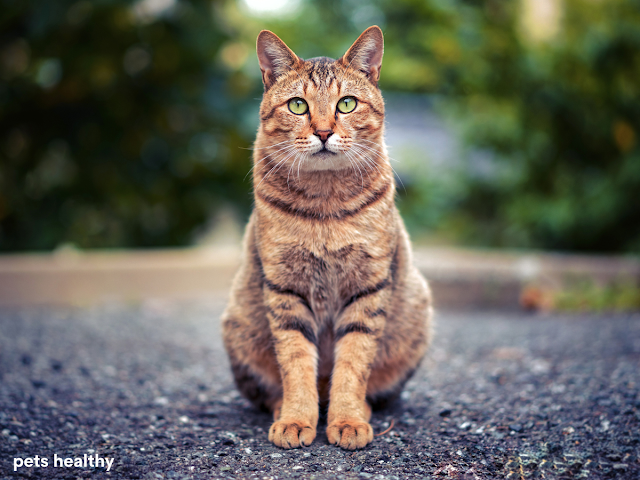Introduction
In the heart of urban landscapes, feral cats, also known as community cats, quietly roam, sparking intrigue and controversy. These enigmatic feline inhabitants wield a unique influence on the ecosystems they inhabit. While the debate over their impact on local wildlife continues, there's a wealth of untapped information about these elusive creatures. This article takes an in-depth journey into the world of feral cats, unveiling the secrets of their existence and shedding light on their unexpected contributions to the environment.
The Enigmatic Lives of Feral Cats
Feral cats defy conventional pet stereotypes. These are autonomous cats that have acclimated to life in the wild, often lacking the socialization that domesticated cats receive. Thriving on their innate hunting skills and an uncanny ability to locate refuge in urban settings, they operate mostly under the radar, shrouding their behavior in mystery.
Feral Cats as Unintentional Urban Ecosystem Stewards
Contrary to popular belief, feral cats can inadvertently contribute to the equilibrium of urban ecosystems. Their presence can help control populations of common pests such as rats and mice, rendering them unlikely allies in maintaining the ecological balance within our cities. While this may not be their primary role, it underscores the intricate relationships within our urban jungles.
The Wildlife Predicament: Feral Cat Predation
The presence of feral cats also raises concerns about wildlife conservation, particularly regarding birds and small mammals. Their predatory instincts have stirred debate and prompted discussions on the potential risks they pose to vulnerable species. This issue highlights the need for a balanced approach to managing feral cat populations without resorting to inhumane measures.
Striking a Balance: Human-Wildlife Coexistence Strategies
Balancing the coexistence of feral cats with wildlife conservation objectives is a nuanced endeavor. Communities are increasingly turning to humane Trap-Neuter-Return (TNR) programs as a solution. TNR initiatives involve the trapping, neutering or spaying, and subsequent return of feral cats to their original locations. This approach stabilizes feral cat populations and prevents the formation of new generations.
The Future of Feral Cats in Urban Environments
In an era of rapid urbanization, the presence of feral cats raises pivotal questions about our responsibility toward these creatures and the ecosystems they inhabit. Discovering innovative solutions for harmonious human-wildlife coexistence is paramount as our cities evolve.
Conclusion
Feral cats remain an intriguing and often misunderstood facet of urban ecosystems, provoking both fascination and concern. While their presence may elicit controversy, it's imperative to recognize the multifaceted role they play within these environments. Striving for a harmonious coexistence between humans, wildlife, and our feral feline neighbors necessitates a balanced and compassionate approach to feral cat management. As we continue to delve deeper into this uncharted territory, we may unlock further insights into the intricate relationships that underlie our urban landscapes.

.png)

.png)
%20(1).png)
Comments
Post a Comment